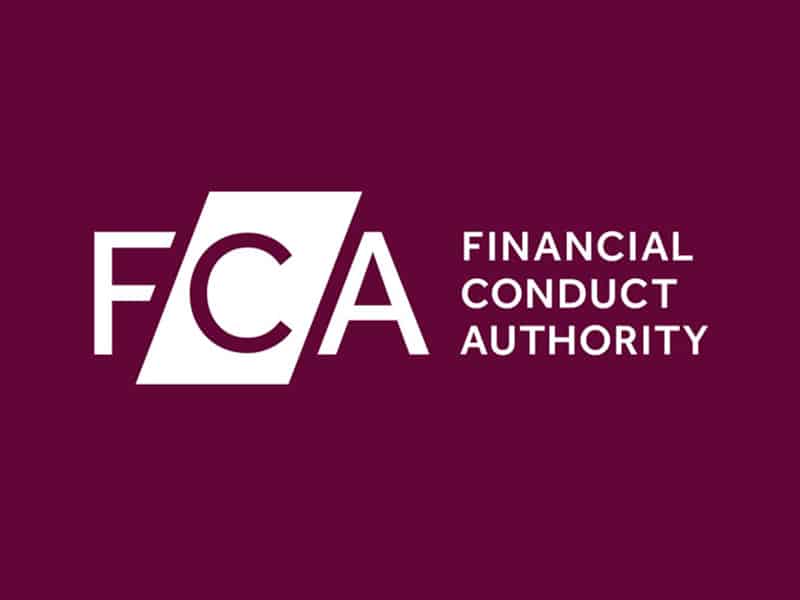We are in the midst of the greatest intergenerational wealth transfer in history. With over £2.5 trillion in UK property wealth held by baby boomers and the silent generation, the financial landscape is shifting rapidly—and property sits at its centre.
In a recent episode of Nokkel Talks, Nokkel CEO Roland Whyte sat down with David Newick, CEO and co-founder of Estgro, to unpack this seismic change and the opportunity it presents for financial advisers, legal professionals, and families alike.
The family wealth conversation starts now
Waiting until the point of death to start planning is no longer an option. With the oldest baby boomers now in their late 70s, the urgency to have open, early conversations around wealth planning is greater than ever. Yet, many families avoid these talks, often due to discomfort around topics like death or assumptions about inheritance.
According to research from Estgro, 50% of millennials are already factoring expected inheritance into their financial planning. However, more than half of legal professionals report concerns among clients about how that wealth will be passed on. The expectation is clear, but the communication and structure are often missing.
“We need to facilitate family wealth conversations—not just with those who own the assets, but also with those who will inherit them.”

Planning requires data and a holistic view
Holistic wealth planning hinges on access to accurate, comprehensive data. Without visibility into total wealth—including property, investments, and pensions—clients can’t make informed decisions. Advisors must be equipped to look beyond liquid assets and consider the bigger picture.
This is where technology plays a key role. Platforms like Nokkel and Estgro aim to bridge the data gap, helping advisers build wealth strategies that include property and align with evolving client expectations.
“You can only get to a plan if you’ve got all the information at your fingertips.”
The role of tax, trusts, and timing
The complexities of inheritance tax (IHT) can be daunting. From nil-rate bands to gifting rules and capital gains considerations, the tax implications of property transfer are significant. A joined-up approach between legal and financial advisers—a unified estate plan that considers both taxation and investment strategy—is essential.
With property making up as much as 70% of an individual’s estate, the risks of not planning are high. Especially in high-value markets like London, many families face unexpected IHT liabilities simply due to rising property values.
Property as a financial resource
While property is often an emotional asset—tied to memories, family, and community—it’s also a powerful financial resource. The trade-offs between keeping the family home, downsizing, or unlocking value through later life lending are becoming central to financial planning.
Estgro research shows over 30% of over-55s now consider accessing property wealth as part of their retirement strategy—a marked increase over the past five years.

Later life lending and legacy
Later life lending has a role to play, not just as a last resort, but as a strategic option within a broader estate plan. Whether it’s unlocking funds for care, gifting a deposit to children, or simply enjoying retirement, accessing property wealth early can align with both lifestyle goals and legacy planning.
It’s not about giving up control—it’s about using hard-earned wealth to live well and plan responsibly.

The time to act is now
With £5.5 trillion expected to move between generations in the UK, this is a once-in-a-generation opportunity for advisers to add value. By integrating estate planning, property wealth, and financial advice, professionals can help families navigate this shift with clarity and confidence.
The goal isn’t just to protect wealth, but to empower clients to make the most of it.
“This is about making the best of the wealth people have worked hard for—and that starts with open, informed conversations.”
For more insights, visit nokkel.com and follow us on LinkedIn.



